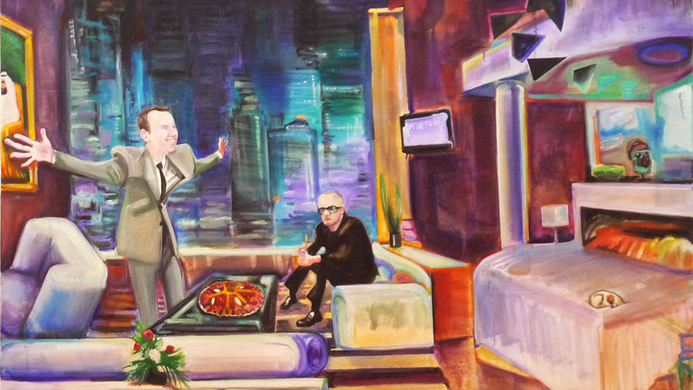In 2007, the British artist Damien Hirst sold a sculpture of a skull cast in platinum and covered with 8,601 diamonds for $100million. At least this work had an unusual intrinsic value in the cost of its materials. But what about another record breaker, Picasso's "Boy with a Pipe"? How are prices determined on the art market? What factors explain their evolution?
Art market and economic conditions
The three researchers make a unique contribution to the art market by building an index of price changes in art that span more than a century (see methodology). They model the return on investment by evaluating changes in auction prices. Conceived for the British market, the evolution of this index suggests a relationship with changing economic conditions. In effect, prices fell during periods of economic turmoil (World War I, Great Depression in the 1930s, and the oil crisis in 1973) while they increased during the economic boom of the 1960s, the art market boom of the 1980s, and the 2000s (at least until 2007). It is also worth noting that the researchers' index shows in real terms that price levels in 1913 were not matched again until 1968, despite years of sustained economic growth.
What's the relationship between the art market, stock markets, income inequalities, and wealth?
The resale value of a work of art is not capped since it is only limited by the price that collectors are willing to pay for it. So demand determines market price, which is why the researchers look at the income levels of the richest—the main art buyers —to attempt to explain variations in art prices. To account for changes in income, they study changes in equity markets. They also extend their analysis to income inequality and income levels of the wealthiest.
Goetzmann, Renneboog, and Spaenjers thus show that:
• Changes in equity markets are positively correlated to art prices;
• Art prices rise when income inequality goes up. Thus, similar to art prices, income inequality declined during the first half of the twentieth century and rose over the past 30 years;
• Variations in art price are particularly sensitive to income increases among the wealthiest members of society. Some estimations, given here for illustrative purposes, suggest that a one percentage point increase in the share of income earned by the top 0.1% triggers an increase of 10% in art prices. In the long term, the income of the wealthiest is the most determinant factor in explaining changes in art prices.
Globalization also affects the art market
These results are time-specific and complimented by an analysis of sub-periods, which distinguishes changes before and after 1945. In the second half of the twentieth century, the influence of income inequality on the art market is less clear. This additional conclusion is likely due to the fact that data is used only from Great Britain, so it cannot account for the internationalization of the art market, and, in particular, art buyers. In other words, British auctions now attract buyers from around the world.











